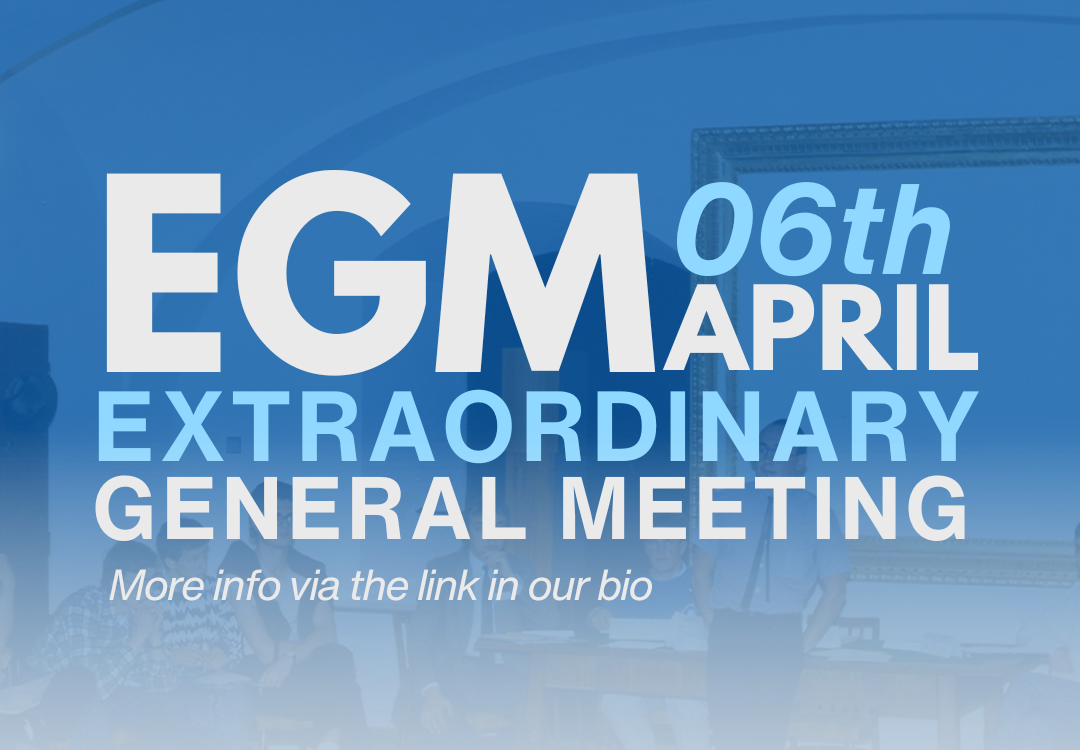An Interview with an AC5 Council Member
For many physics students, the path to professional growth and academic recognition often begins with taking bold steps into new opportunities. This was exactly the case for Priyanka Saini, a third-year BSc (Hons) Physics student at University College Dublin, Ireland, whose journey from the deserts of Dubai to the drizzle of Dublin led to an inspiring role within the International Association of Physics Students (IAPS) and the AC5 Council, affiliated with the International Union of Pure and Applied Physics (IUPAP).
From Curiosity to Contribution: A Journey Begins
Priyanka’s involvement with IAPS began almost unexpectedly during her second year at university, when she joined the UCD Physics Society as the Events Officer. While brainstorming activities for the academic year 2023-2024, she stumbled upon PLANCKS, IAPS’ international theoretical physics competition. Discovering that Ireland had secured the bid to host PLANCKS 2024 at Trinity College Dublin, Priyanka eagerly signed up as a volunteer.
“Little did I know that my enthusiasm would eventually lead me to join the Organizing Committee alongside Conor Ryan, PLANCKS Chair from TCD. It was only when the event kicked off, with 260 passionate physicists from 34 countries gathered in one place, that the magnitude of what we had accomplished truly sank in,” said Priyanka.
This experience fueled Priyanka’s growing dedication to the global physics community. Inspired by PLANCKS, she attended the International Conference of Physics Students (ICPS) in Tbilisi, Georgia, supported by the ICPS 2024 Fee Waiver Grant and travel funding from the Institute of Physics (IOP). Delivering the PLANCKS 2024 Preliminary Report at ICPS was a proud moment for Priyanka, which ultimately motivated her to stand as a candidate for a position in the AC5 Council.
The Early Career Prize: Celebrating Emerging Physicists
As part of the Early Career Prize subgroup, Priyanka oversees key aspects of the process and promotes an award designed to recognize academic excellence and significant contributions to the global physics community.
“The Early Career Prize is more than just an award; it not only celebrates individual accomplishments but also highlights the potential of early-career physicists to shape the future of the field”, she emphasized. “Presented at ICPS, this prize highlights groundbreaking contributions to Physics and encourages young researchers to pursue bold, original ideas.”
Beyond celebrating individual achievements, the prize promotes diversity and inclusion within the global physics community. It ensures talented individuals from diverse backgrounds are recognized, creating an environment where every voice can contribute to the advancement of physics.
“Recipients also gain invaluable networking opportunities at ICPS, exchanging ideas and forming connections that often lead to collaborations and mentorships,” Priyanka added.
The Impact of IUPAP: A Global Platform for Young Physicists
IUPAP’s support significantly enhances opportunities for IAPS members. “IUPAP provides resources, recognition, and a global platform for young physicists to excel,” said Priyanka. “Their endorsement of the Early Career Scientist Prize brings international visibility to emerging researchers, validating their work and opening doors to academic positions, collaborations, and funding.”
Moreover, IUPAP’s emphasis on diversity and inclusion ensures that exceptional talent from all backgrounds have a chance to be recognized for their contributions. “This approach not only enriches the global physics community but also sets a powerful example for creating an equitable and inclusive environment in science. By supporting initiatives like the Early Career Scientist Prize, IUPAP helps inspire and empower the next generation of physicists,” she stated.
Advice for Aspiring IAPS Members
When asked for advice for those looking to get involved with IUPAP or similar organizations, Priyanka emphasizes the importance of initiative and curiosity.
“Start by actively participating in IAPS events like ICPS or PLANCKS, as these gatherings are excellent platforms to meet peers, learn about global initiatives and understand how larger organizations like IUPAP operate. Volunteering for committees can also provide invaluable insights into the collaborative and administrative aspects of these organizations while showcasing enthusiasm and commitment. Opportunities often arise from showing your passion and making connections with like-minded individuals.”
Staying informed through IAPS newsletters and actively contributing to local physics communities are also key steps. Whether it’s organizing events, promoting diversity, or advocating for science outreach, every effort counts.
Looking Ahead: Goals Within the AC5 Council
As for future goals, the Early Career Prize subgroup is focused on enhancing the visibility and impact of the award.
“We aim to refine the selection process, promote the prize to underrepresented groups, and encourage applications from diverse regions. Our mission is to foster greater inclusivity and inspire the next generation of physicists,” said Priyanka.
For physics students looking to make their mark, the Early Career Scientist Prize is not just an award—it’s a testament to the transformative power of curiosity, dedication, and community. So, why not take that first step, just like Priyanka did? You never know where it might lead.


